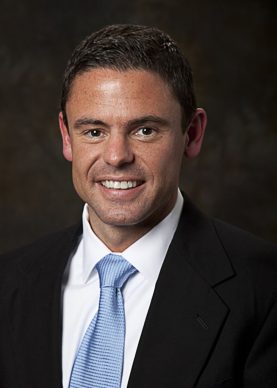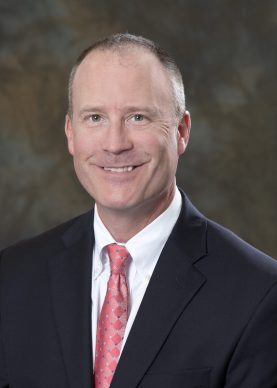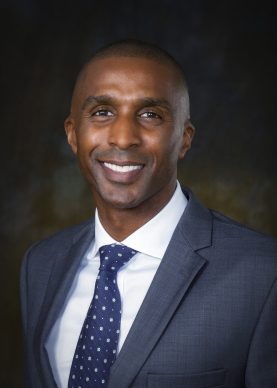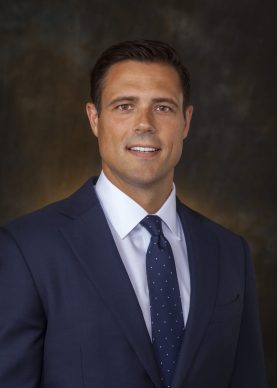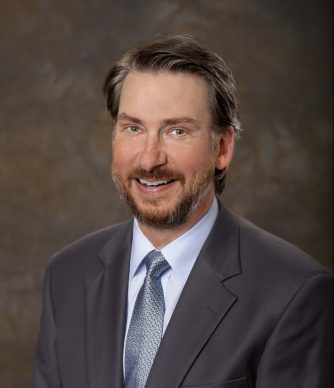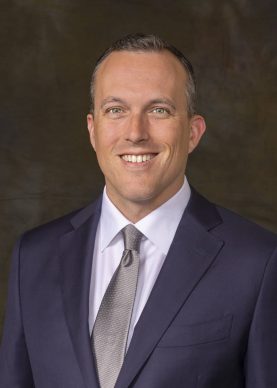Diagnosis and Treatment of Golfer’s Elbow in Wake County
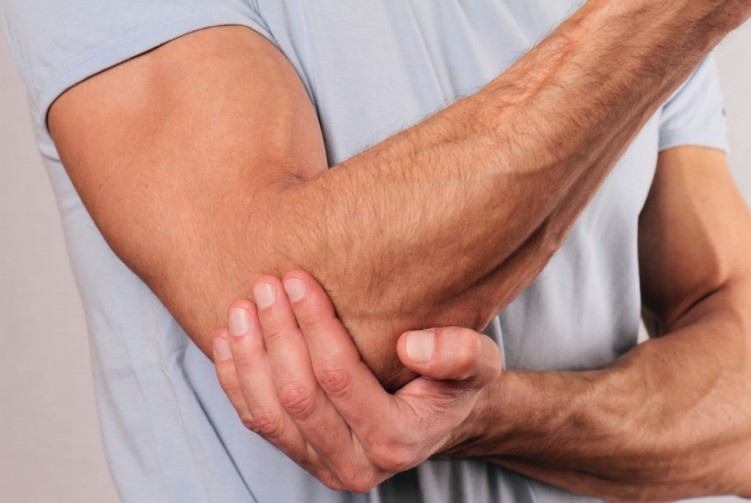
What is Golfer’s Elbow?
Golfer’s elbow, or medial epicondylitis, is a painful condition of the elbow caused by overuse. The condition is an inflammation of the tendons that join the forearm muscles, which can lead to pain and tenderness on the inside of the elbow. Golfer’s elbow is similar to tennis elbow as both conditions are forms of elbow tendonitis, just occurring in a different location in the elbow. At Raleigh Orthopaedic, our specialists are well-versed in the diagnosis and treatment of golfer’s elbow in Wake County.
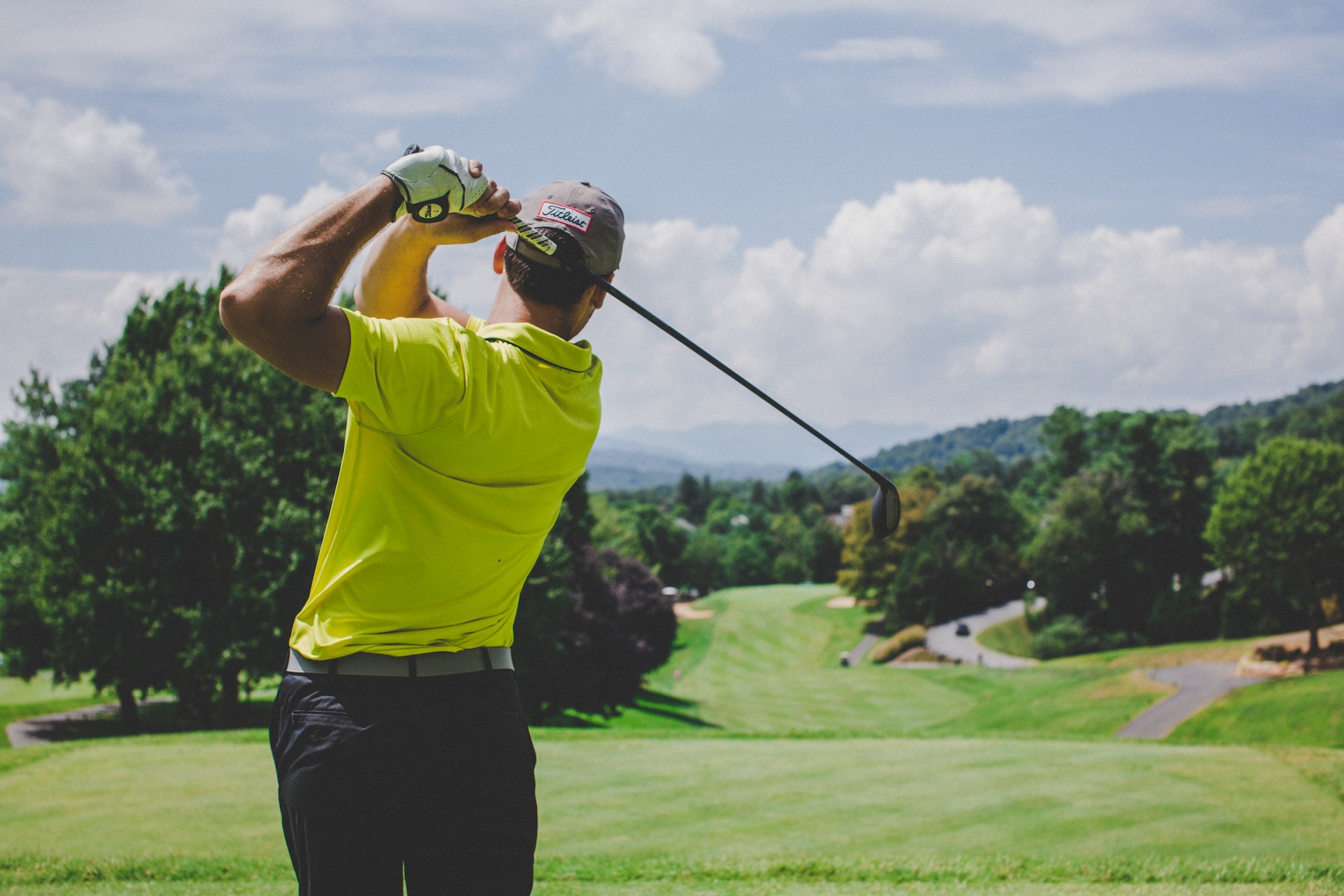
What Causes Golfer’s Elbow?
The two main causes of golfer’s elbow are overuse and participation in certain sports and activities.
Overuse
The piece of bone that can be felt on the inner side of the elbow is called the medial epicondyle. When the tendons attached to this bone are overstretched, torn, or inflamed, they can become painful. Golfer’s elbow is caused by overuse of the flexor muscles of the forearms. Overusing these muscles can stretch or tear the tendons attached to the medial epicondyle.
Activities
Athletes are not the only people who experience golfer’s elbow. Improper golf swing technique or grip of golf clubs and many racket sports can cause golfer’s elbow, hence the name. However, repeating certain arm motions too often, such as while painting, raking, rowing, or using a hammer can also lead to the development of golfer’s elbow. Any activity with repeated stress and forceful wrist and finger clenching may cause this condition.
Symptoms of Golfer’s Elbow
The symptoms of golfer’s elbow develop gradually. If you are experiencing pain in your elbow, we encourage you to schedule an appointment with Raleigh Orthopaedic so that we can help you find relief and continue to enjoy your sports and activities. Common signs and symptoms of golfer’s elbow include:
- Pain and tenderness of the inner side of the elbow
- Elbow stiffness
- Weakness in the hands and wrist
How is Golfer’s Elbow Diagnosed?
A doctor will usually conduct a physical examination to diagnose golfer’s elbow. Your physician will apply pressure to the painful area or have you move your elbow and hand in various ways. Imaging tests can be helpful in diagnosing golfer’s elbow, but they are usually not needed. X-rays may be ordered to rule out other causes of pain in the elbow, such as a fracture or arthritis. It is rare that an MRI is needed to diagnose golfer’s elbow.
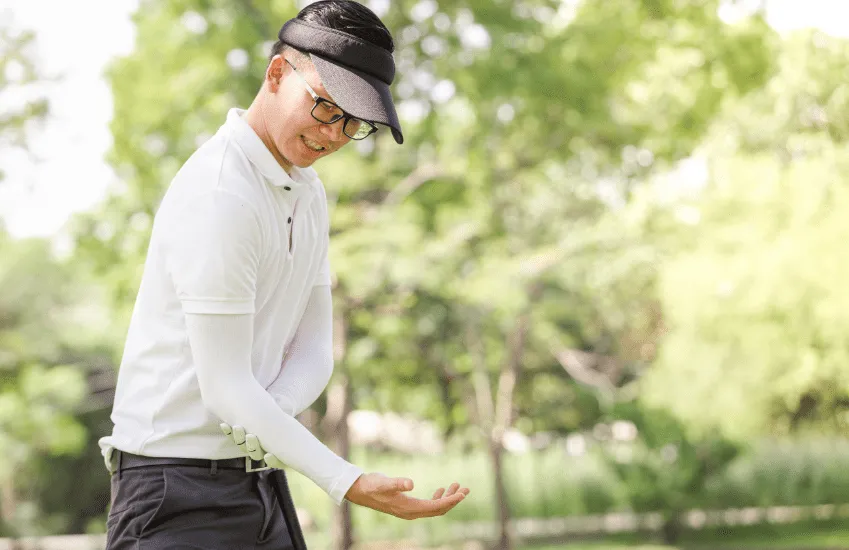
Treatment Options for Golfer’s Elbow at Raleigh Orthopaedic
In most cases, treatment for golfer’s elbow includes nonsurgical methods. Conservative treatment options that your doctor may recommend include:
- Rest or activity modification (decrease playing time or change technique)
- Ice or heat
- Non-steroidal anti-inflammatory medicines
- Wrist brace
- Stretching and strengthening the forearm and grip
- Physical therapy
- Cortisone injections
If symptoms do not respond after 6 to 12 months of nonsurgical treatment methods, your Raleigh Orthopaedic physician may recommend surgery. Surgery for golfer’s elbow involves cleaning up the tendon and removing only the damaged tissue. A small bone anchor may or may not be used to help secure the tendons in place in the elbow, taking tension off the tendon.
Rehabilitation from medial epicondylitis takes around three months. There will be immobilization of the wrist in the immediate post-operative period with normal movement of the elbow. Gradually, wrist movement will be permitted followed by elbow and wrist strengthening.
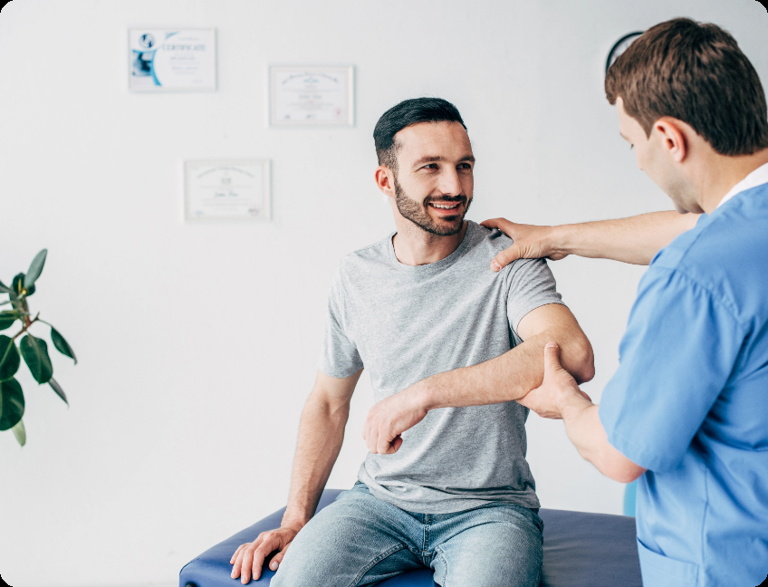
Recovery from Golfer’s Elbow Surgery
After surgery to treat golfer’s elbow, most patients will be fully healed after twelve weeks. Your wrist will be in a splint for six weeks immediately following surgery. After six weeks, physical therapy will begin. You can start to ease back to normal activities as movement and strength return to the tendon. Most people are able to return to work one to two weeks after surgery, however, if your line of work includes manual labor or heavy lifting, it will likely take at least three months to return.
How Can I Prevent Golfer’s Elbow?
There are many techniques you can utilize to prevent golfer’s elbow from developing. Stretching the arms can improve flexibility and warm up the muscles before golfing or playing other sports that can cause golfer’s elbow. Exercising and strengthening the muscles by lifting weights will allow the muscles to absorb energy of physical stress. Using the proper equipment that is right for you when playing a sport and performing each movement correctly can also help to prevent injury. Finally, knowing when to rest is crucial for your overall orthopedic health.

Learn More About Sports Medicine Treatment at Raleigh Orthopaedic
Your well-being is important to us. Raleigh Orthopaedic is Wake County’s oldest and most experienced orthopedic practice, serving the Triangle and surrounding regions of central North Carolina since 1919. We are proud to provide athletes with the sports medicine care they need to stay in the game, no matter what type of sports injury they may be facing. Our orthopedic clinics and urgent care locations are available whenever you need them – to get started with Raleigh Orthopaedic, please give us a call or book your appointment online today!
